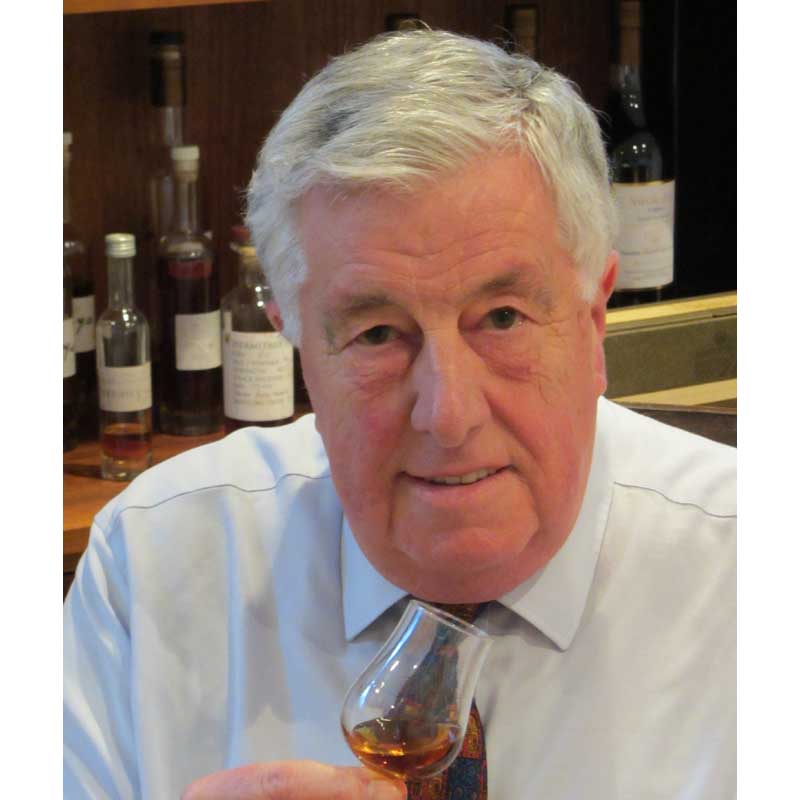Tag: cognac production
The Environmental Future of Wine Production
The strength of carbon emissions created during the wine fermentation process is “five times more concentrated than planes and cars” according to UC Davis professor, Roger Boulton. “We should be capturing carbon in wineries, so they become carbon neutral. A litre of juice produces 60 litres of carbon dioxide. As a winemaker, if you want to be a serious leader in sustainability then you have to do this – a good way is to turn it into chalk,” he said. Consumer pressure to protect our environmental future by manufacturing in a more environmentally friendly way is becoming widespread. Also speaking… Read more
How Did Double Distillation Become Part Of The Cognac Process?
There are all manner of theories, assumptions and legends relating to the actual birth of cognac. Many relate to Chevalier de la Croix Maron, an aristocratic wine taster and Lord of Segonzac. Legend has it that on returning home from the Crusades, he found his wife in bed with his neighbour. He shot them both. But afterwards Maron could not sleep as he was plagued by dreams of Satan coming from the dark and roasting him not once but twice over a fire. One night after waking from another roasting he sat on the edge of the bed, his fingers… Read more

David on Technical Topics – The Cognac Wines
For many years, cognac quality has centred mainly on the distillation process and the basic needs of providing a relatively acidic and low alcohol wine. After the Phylloxera, in the late nineteenth century, viticulturists started to recognise the need to control the wine, harvest and production methods to a far higher level. The St Emillion (Ugni Blanc) grape, favoured for its resistance to disease and greater cropping, became the dominant variety and a key part of modern cognac wines. The increasing demand on the industry for more cognac created further demands on the viticulturist to provide greater quantities of clean… Read more
